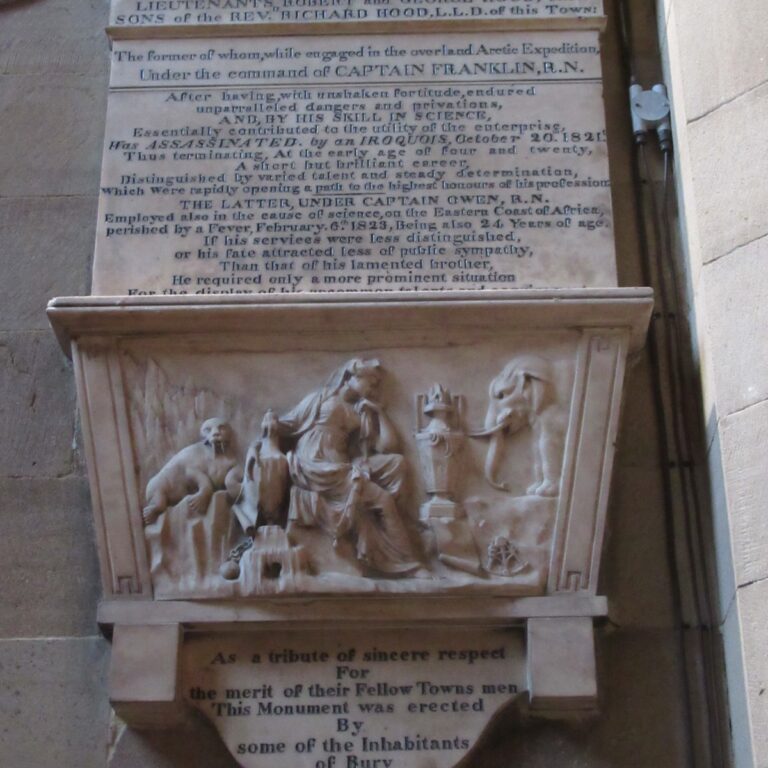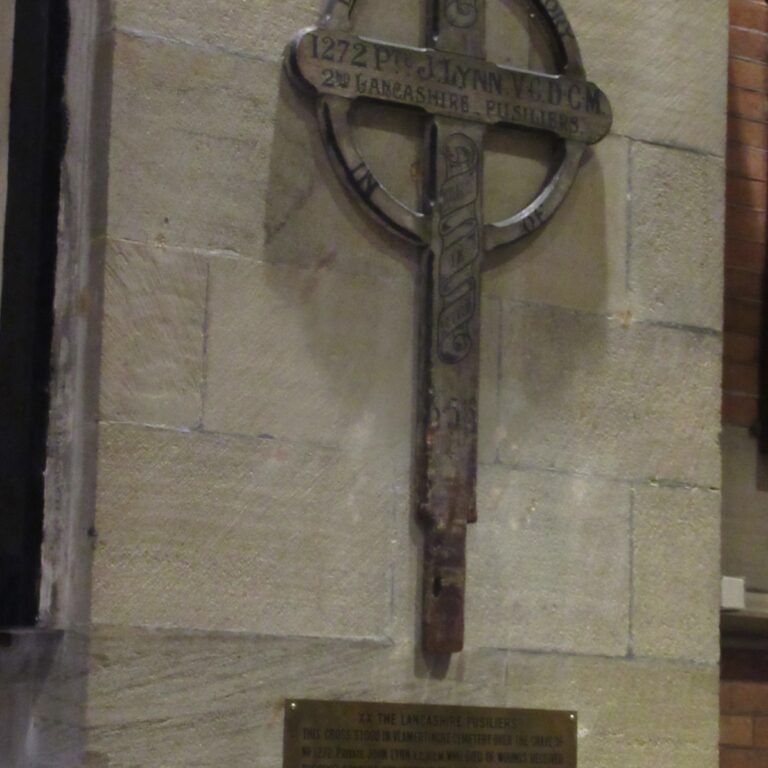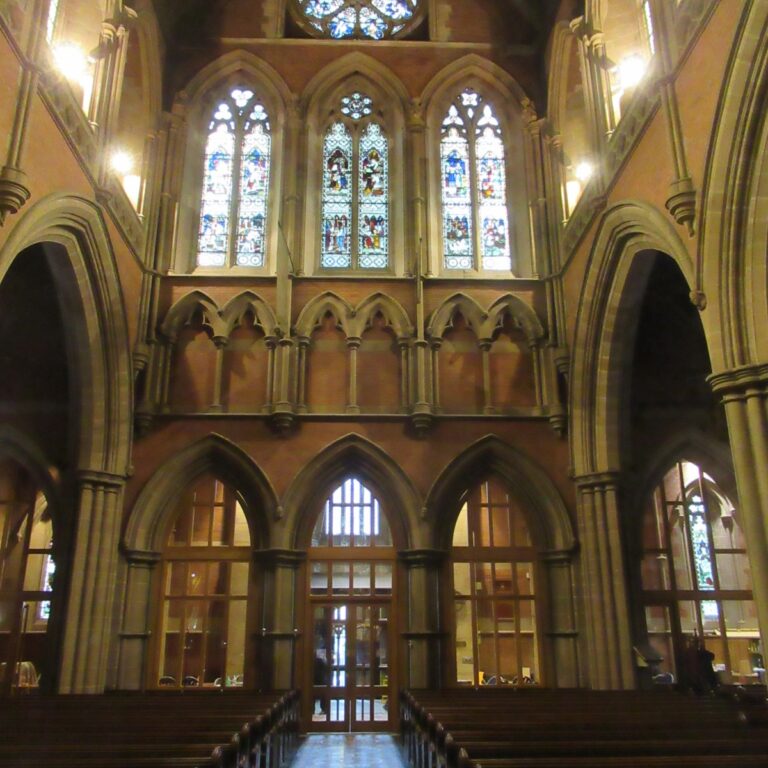Places: Bury
Widget not in any sidebars
Place Type
Parish
County
Lancashire
Parish
Bury
Deanery
Manchester
Causes
EDC 5/8/1 – Richard Smyth, rector of Bury, contra Arthur Cay
BURY
The parish of Bury comprised the townships of Bury, Elton, Heap, Walmersley with Shuttleworth, Tottington (Higher End and Lower End), Musbury, Cowpe, Lench, Newhall Hey and Hall Carr and the hamlet of Ramsbottom together with the chapelries of Edenfield, Heywood and Holcombe, each of which usually had a curate. Although all were included in the county of Lancashire, parts of the parish are now included in Greater Manchester.
The parish was a rectory in the gift of the lord of the manor, which had passed to the Pilkington family by the fifteenth century. The manor was acquired by the Stanley family on the accession of Henry VII in 1485 having been confiscated because of the Pilkingtons support for Richard III. The Stanleys also acquired and retained the advowson.
In 1523 or 1524 there was a short-lived attempt to establish at Bury a second Consistory Court for the archdeaconry of Chester serving the northern area. Richard Smyth, the rector of Bury, was the commissary in charge there until it was abandoned within ten years.
The church building is situated at the highest point in the town of Bury near to the remains of the castle which was in ruins by the early sixteenth century and demolished about 1644 during the parliamentary siege of the town.
There is understood to have been a church in Bury at the time of the Norman conquest. This was restored or rebuilt in about 1535, but by the middle of the eighteenth century this building had become so dilapidated that it was demolished and rebuilt between 1773 and 1780. The steeple was thought to detract from the appearance of the new building so, following damage in 1839, this was rebuilt in 1845. The whole of the eighteenth-century church building was later declared unsafe, so it was demolished and rebuilt again, retaining the early Victorian spire, which is now attached to the body of the church by a structure known as a narthex. The rebuilding work took five years, and the church was re-dedicated in February 1876.
Some memorial plaques were retained and reinstalled following the rebuilding, as was the font dating from 1854.
Bury Grammar School is thought to have been founded in 1625 and re-founded by Roger Kay, a local clergyman and fellow of St John’s College, Cambridge, in 1726. The old school building next to the church now serves as the church hall.
The town of Bury has had a market since the fifteenth century and the market continues to thrive, being noted for the sale of Bury black puddings. The main industry in the parish is textiles, and by the sixteenth century there was a flourishing woollen industry, gradually supplanted by cotton spinning, weaving and finishing. Iron and brass foundries and paper mills also grew up around the town of Bury. Industrial development was fostered by existence of two local rivers, the Irwell and its tributary, the Roch, which supplied power and water, later supplanted by the growth of local coal fields for power and canals for transport.
Famous men from the parish include John Kay, born in Walmersley, who invented the flying shuttle and Sir Robert Peel, who served twice as Prime Minister in the first half of the nineteenth century. He is regarded as the founder of the modern police force and is also famed for the repeal of the Corn Laws. He was born at Chamber Hall, Bury, (since demolished) which had been leased by his industrialist father from a family called Kay and his statue now dominates Bury town centre.
With thanks to Mark Hone for his insights into the history of Bury.
Field names include:
named in EDC 5/8/1 –
cray or cragh
Image of the church with the Victorian spire and eighteenth-century body from B. T. Barton, History of the borough of Bury and neighbourhood: in the county of Lancaster (Bury, 1874?) courtesy of HathiTrust
Sources:
B. T. Barton, History of the borough of Bury and neighbourhood: in the county of Lancaster (Bury, 1874?)
Christopher Haigh, Reformation and Resistance in Tudor Lancashire (Cambridge: Cambridge University Press, 1975), p. 3
‘Burton-upon-Trent – Bushey’, in A Topographical Dictionary of England, ed. Samuel Lewis( London, 1848), British History Online https://www.british-history.ac.uk/topographical-dict/england/pp452-460 [accessed 31 December 2024]
‘The parish of Bury’, in A History of the County of Lancaster: Volume 5, ed. William Farrer, J Brownbill( London, 1911), British History Online https://www.british-history.ac.uk/vch/lancs/vol5/pp122-128 [accessed 31 December 2024]
https://www.buryparishchurch.com/history


















